One family's story of hardships, triumphs with son who has rare craniofacial disorder
Nathaniel Newman, who has Treacher Collins, has undergone nearly 60 surgeries.
— -- It was a frigid February night in New York City when Magda Newman was in labor with her first child. With her husband Russel Newman by her side, she labored for nearly 17 hours before giving birth to their son.
But when she finally delivered, the couple’s moment of expected happiness quickly turned to anguish.
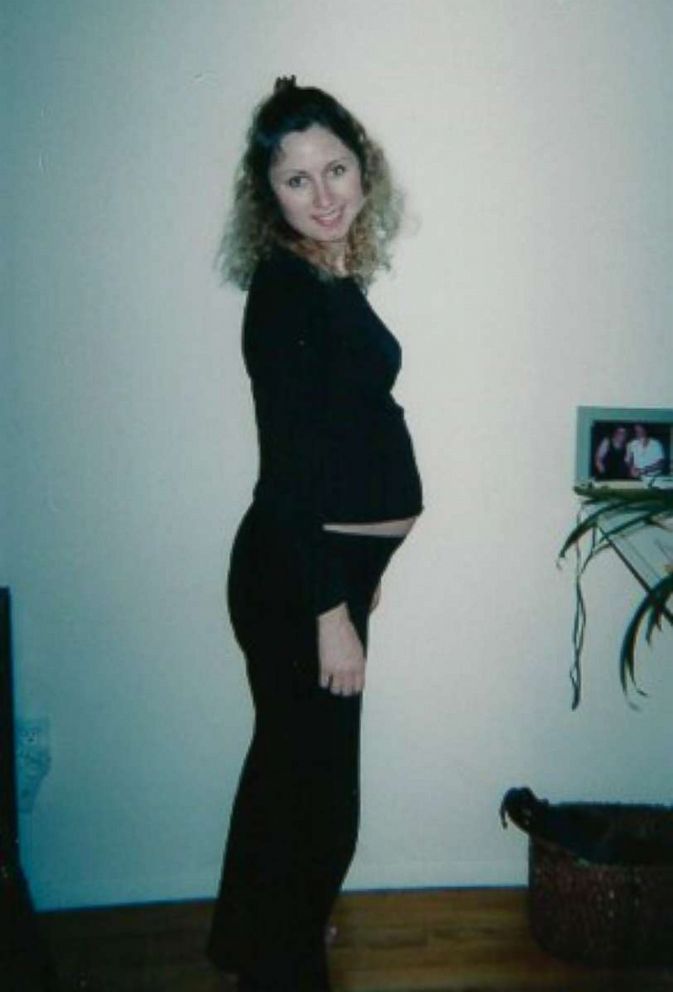
“I don’t remember fainting, but I certainly remember screaming… ‘Oh my god, oh my god, what happened? What’s happened? What’s happening?” Russel said.
“I saw just shock on people’s faces, big eyes, and I [asked], ‘What’s going on here? Who—what happened?’” Magda said. “And I see them put him [her son] in a little back room. There’s 20 people running in there, doing something. I don’t hear [the] baby crying.”
Magda said the room was filled with silence, and no one was saying anything to her about her newborn baby. At first she said, she thought he was dead.
“I’m like, ‘What’s going on? Is he alive? What’s going on? I want to see the baby,’” she said. “And they didn’t want to show it to me.”
“I think they were scared at first,” Russel said. “Because he had no cheekbones and no upper or lower eyelids… just completely disfigured.”
The baby also wasn’t breathing. Magda Newman was left on the delivery table as doctors worked to save her son’s life.
Russel Newman said one of the doctors called him out of the delivery room to show him a textbook. He said the doctor flipped open a page showing a black and white photo of a teenager with Treacher Collins syndrome. Treacher Collins is an extremely rare congenital craniofacial disorder caused by mutations in the POLR1C gene. It affects an estimated 1 in 50,000 people in the United States. The diagnosis did not show up on any of Magda’s pre-natal scans – a common occurrence in cases of Treacher Collins.
“And I remember thinking, ‘That’s going to be my kid?’” he said. “It was surreal.”
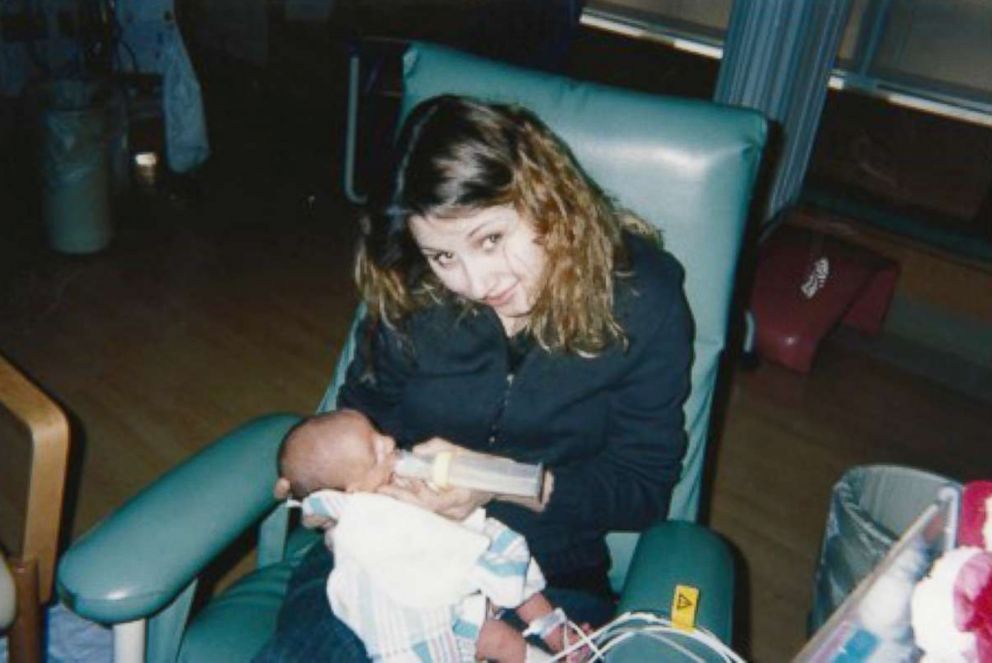
Nathaniel's first year
The Newmans’ named their baby Nathaniel and contacted the Institute of Reconstructive Plastic Surgery (IRPS) at NYU Langone Medical Center, a leading hospital working with children who have Treacher Collins. They left a message and within hours, they received a phone call back from Shelley Cohen, a speech and language pathologist.
“I said… ‘Hello. Who's this?’” Russel said. “She goes, ‘It’s Shelley Cohen. Congratulations.’”
“That was the first person who said to us, ‘Congratulations,’” Magda said.
Before Russel could say anything else, he said Cohen said to him, “Hey, Mr. Newman, you had a baby boy, I heard. That's wonderful.”
“And I remember going, ‘Are you freaking nuts?’” Russel said. “And she said, ‘Let me just tell you, your son is going to live a long, healthy, happy, wonderful life.’ And I believed her.”
Nathaniel was transferred to the neonatal intensive care unit at NYU Langone, where he spent the first month of his life. Pat Chibbaro, a pediatric nurse practitioner who worked with the Newmans, said they were “absolutely devastated.”
“Families will say, ‘Well, when is the surgery? When is the surgery, that’s going to make this all… go away,” Chibbaro said. “And unfortunately… It’s a journey. It’s not a surgery.”
But shortly after Nathaniel was born, the Newmans said something unexpected happened that sustained them through the early days and then the years ahead. While still reeling from the trauma of his birth, Russel and Magda Newman found themselves alone in a hospital room watching the Grammys. The show opened with Christina Aguilera singing her song, ‘Beautiful.’ It became a beacon of hope for them.
“I swear she was singing to us that night, I swear, as cheesy as that sounds,” Russel said. “That song just resonated.”
“We decided he's going to be beautiful not because of his appearance, because of his personality,” Magda added. “He's going to be a beautiful person.”
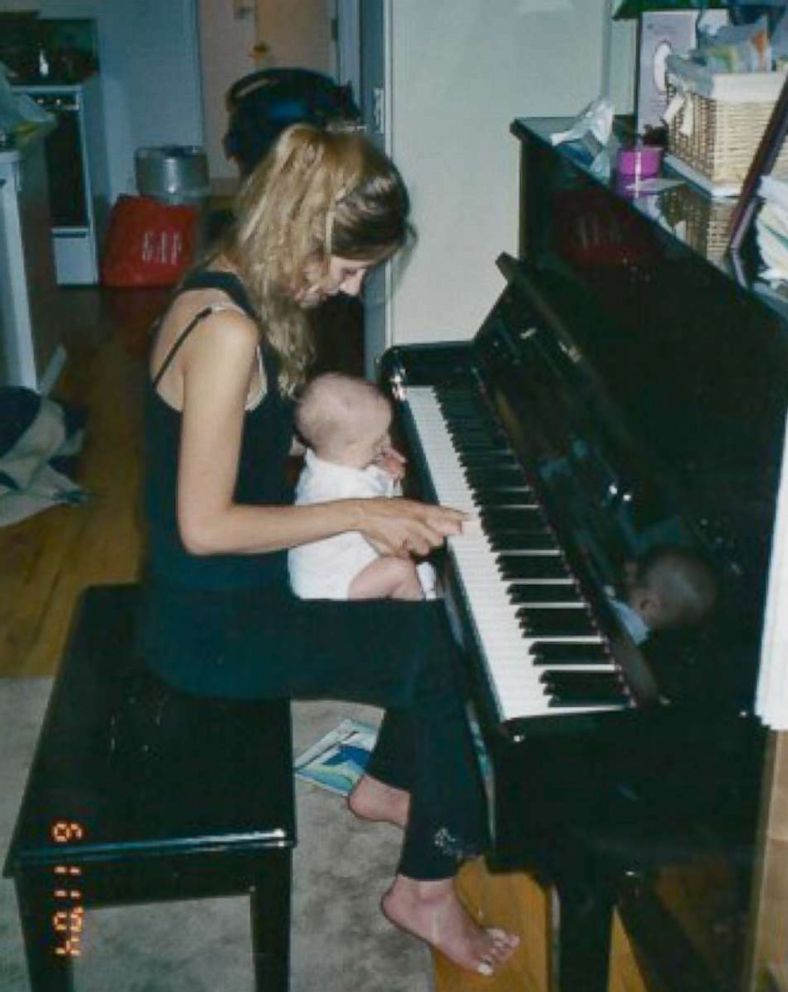
The couple said they decided right then to get out of bed and go down to the NICU to see their son.
“And we held Nathaniel for the first time,” Russel said, through tears. “And it was awesome. And then the journey started.”
Magda said it took a year before she could look at her son without flinching.
“I almost cried every day,” she said. “Every single time I looked at him, I could not believe it’s my child. I couldn’t believe it.”
In Nathaniel’s case, his condition caused him to be born without cheekbones, eye sockets or ears and he had a severely undeveloped jaw. Hearing and eating was were nearly impossible, but most harrowing was that his condition made it difficult for him to breathe. His nasal passageway is nearly solid bone and his airway is so narrow it was like trying to breathe through a soda straw.
As different as Nathaniel looked on the outside, Nurse Practitioner Pat Chibbaro assured the Newmans that his brain was unaffected.
“Other than his appearance and how his life functions, breathing, eating, etc., he is no different than any other …boy,” Russel Newman said.
During the first year of his life, Nathaniel went through more than 10 surgeries to try to improve his quality of life.
“We've never done cosmetic surgery on Nathaniel,” Russel said. “Everything we've done … his whole life has had some benefit to life function.”
After several failed surgical attempts to open his nasal passages, an emergency tracheotomy was performed on Nathaniel – a surgical procedure in which an incision is made in the trachea creating a direct airway. It is a procedure as life-altering as it is life-saving.
“Once you become dependent on a trach, your life changes,” Russel said. “His brain, his body is going to learn to breathe through a trach, and then, he's going to be prone to infection, which ended up proving to be true.”
For the first-time parents, bath time became a scary activity, as they tried to avoid getting water in Nathaniel’s trach. They started sleeping in shifts to constantly monitor their fragile son but remained committed to their pledge to give him as normal a life as possible. However, moments as simple as pushing Nathaniel down the street in a stroller were a trial.
“I lived in New York City,” Magda Newman said. “We're walking with the stroller, and everybody was, ‘Oh, you have a baby.’ And they go, ‘Let me see the baby.’ And they're like, ‘God bless you.’”
“Oh, that was the worst,” she continued. “As a new mother, nobody would say, ‘Oh, he's so cute. Oh, congratulations.’”
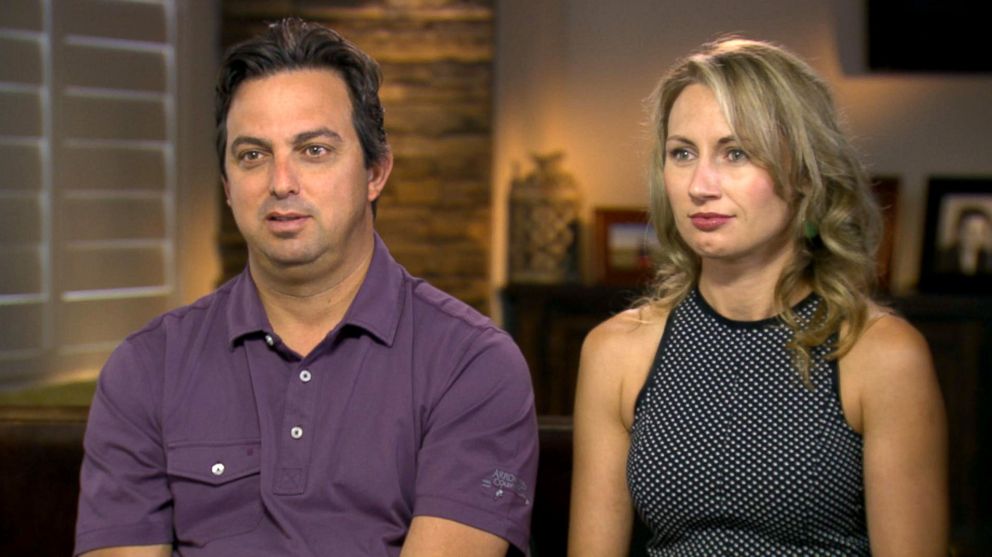
The decision to have another child
By the time Nathaniel turned two, Russel and Magda started talking about having a second child, but it was not an easy decision to make. There was still a 50-50 chance that a second child would be born with Treacher Collins as well. The Newmans say they did “every test known to man”, hoping to ensure that this would not happen.
“Our DNA was even sent off to Johns Hopkins,” he said. “They basically came back and said, ‘We're 99 percent sure your second child will not be affected by Treacher Collins.’”
The Newmans’ second trip to the delivery room was nothing like the first.
“This delivery was so quick,” Magda said. “I walk into the hospital. Twenty minutes later Jacob was born.”
“Jacob literally came out looking like a porcelain doll,” Russel added. “He was just gorgeous.”
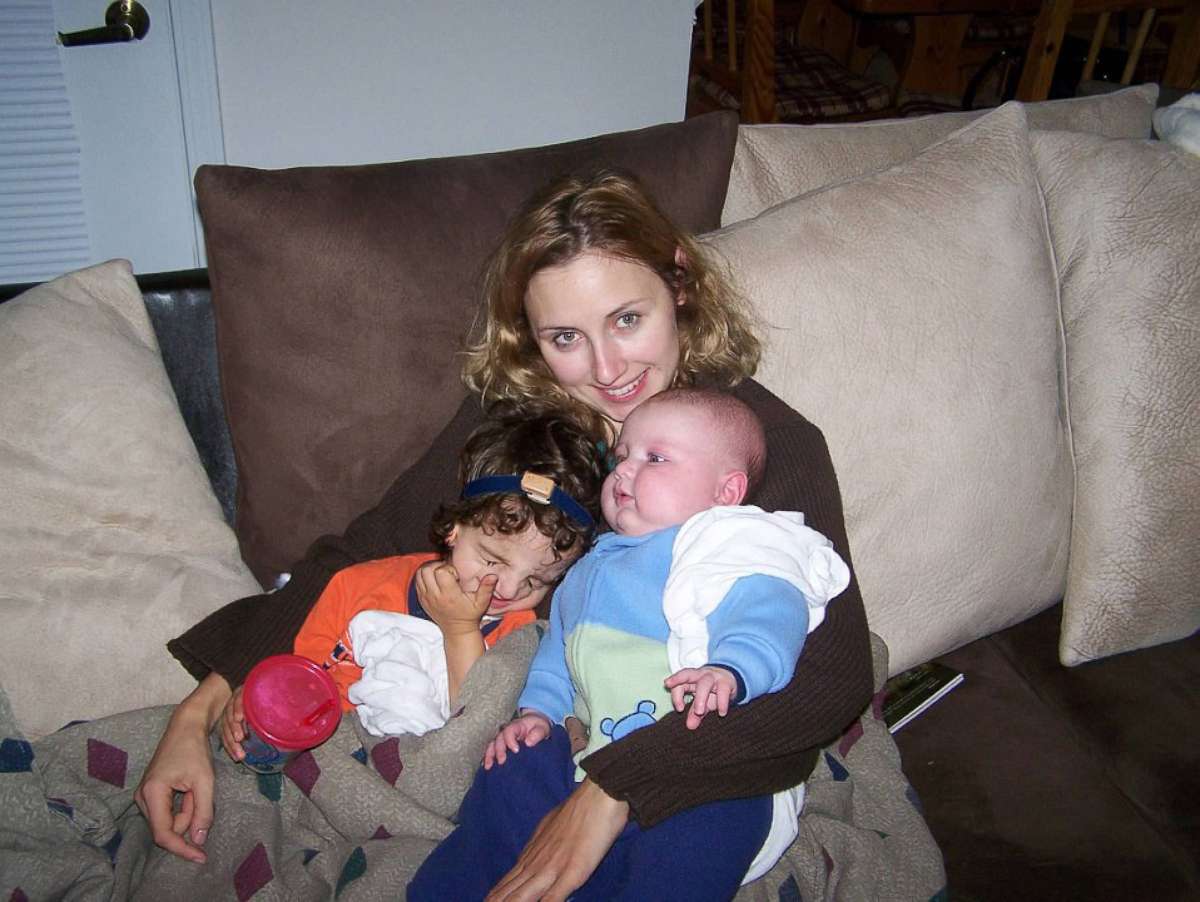
Through the years, Nathaniel and Jacob shared all the typical moments and memories that brothers do, but for Nathaniel, things were always different. When he was around 4 or 5 years old, Russel Newman said Nathaniel became conscious of his own face.
“He could clearly vocalize, ‘I don't like the staring. I don't like the name calling,” Russel said. “At that age we're going to birthday parties and other kids see him and scream and leave. He knows it was about him.”
Nathaniel says the first time he realized his face was different from other kids’ was “when the first kid called [me], ‘monster’.”
“And then I realized that they don’t do it to anybody else, so I was different,” Nathaniel said. “I was insulted… [kids] don’t really think about what they’re saying and their parents don’t really do anything about it.”
By the time he was 11 years old, Nathaniel had been through 54 surgeries. Now when he meets new people, he said he explains to them that he has Treacher Collins, and isn’t bothered so much by looking different.
“I kind of like it,” he said. “It just seems fun because I stand out.”
“Sometimes if I'm having a good time, I forget what I look like,” Nathaniel added.
Starting middle school
In fall 2015, Nathaniel, walked into B.D. Billinghurst Middle School in Reno, Nevada, for his first day of sixth grade. Russel had gotten a new job that moved them to Reno. For Nathaniel, this meant having to meet an entirely new group of classmates.
To ease the transition, the Newmans came up with a plan to have Nathaniel write a letter to his classmates explaining his condition, but also that he was as normal as any of them. In the letter Nathaniel told his classmates that he had three dogs and liked Pokemon and Star Wars.
“And we included a picture to try and avoid some of the first day shock and awe if you will,” Russel Newman said.
One of his teachers said the letter was very helpful for the students to know what to expect, “rather than just walking into school and then having that reaction.”
There is something else that the Newmans mention in Nathaniel’s letter that has changed the way children react to him.
“We incorporate the book ‘Wonder’ into the welcome letters,” Russel said. “Like, ‘Hey, you might have read ‘Wonder’ now. Well, I'm a kid just like Auggie Pullman.”
The novel "Wonder," by R.J. Palacio, was published in 2012. It has sold more than five million copies and been translated into 45 languages. Palacio said the idea for the book came after she and her young son had a chance encounter with a little girl who had a severe facial difference – like Treacher Collins.
Palacio was outside an ice cream shop in her Brooklyn neighborhood when she first noticed the young girl. She said when her son saw the little girl’s face he began to cry hysterically. In an attempt to protect the young girl from the embarrassing episode, Palacio said she quickly pushed her stroller away. As soon as the incident was over, Palacio regretted how she handled it and could not stop thinking about it for the rest of the day.
“I just thought, ‘OK, I'm going to write a book and… it's going to be about what it must be like to face a world every day that doesn't know how to face you back,” she said.
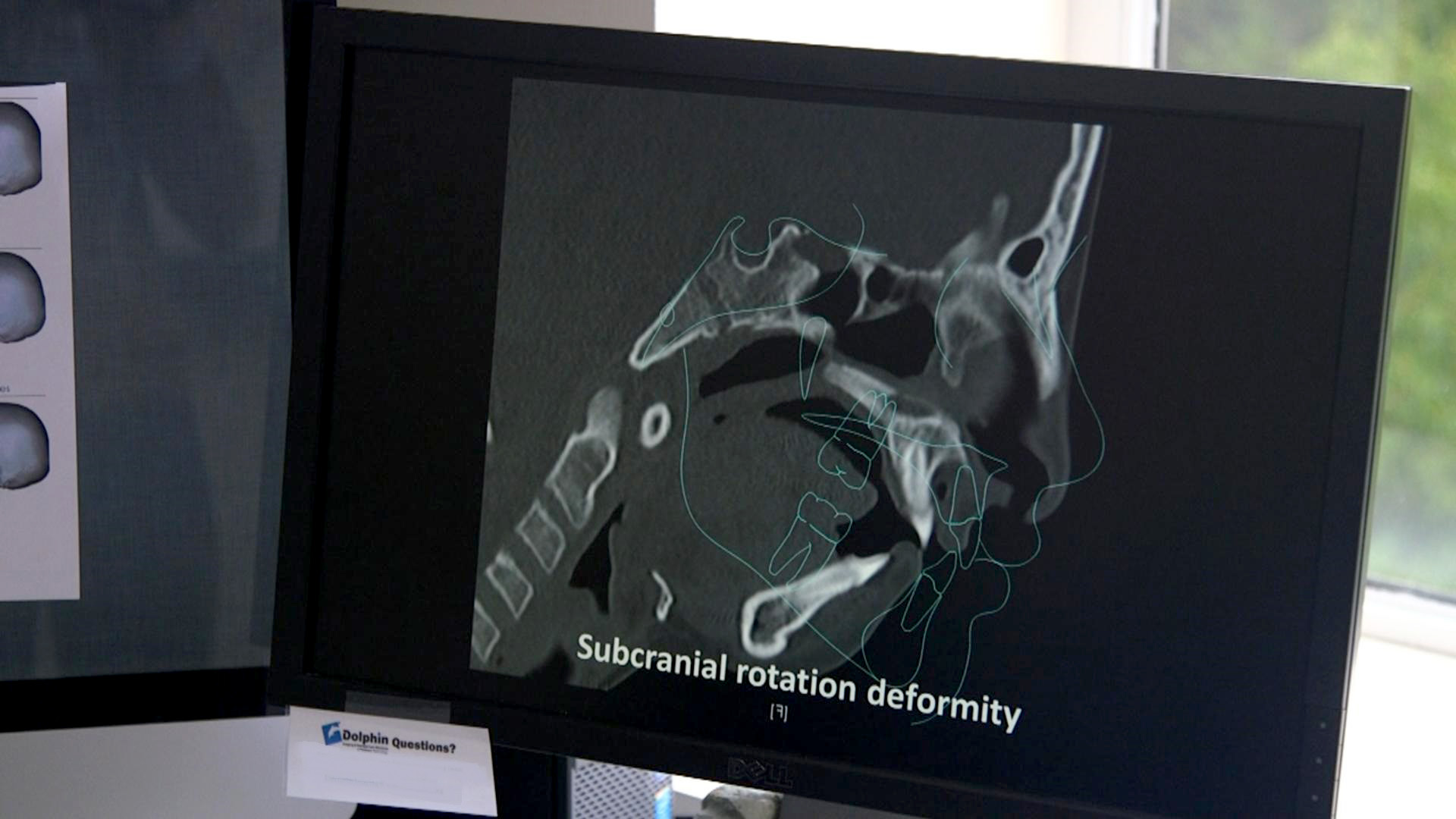
After nearly 60 surgeries, Nathaniel undergoes a radical procedure
The Newmans met with surgeons at Seattle Children's Hospital and made the difficult decision to have him undergo a radical surgery that had only been performed on one other child with Treacher Collins. He was 12 years old, and the goal of the surgery was to be able to open up Nathaniel’s airway enough to finally remove his trach.
For the surgery, Dr. Richard Hopper, the chief surgeon at the hospital’s cranio-facial center, had to literally rearrange the bones in Nathaniel’s face.
“It’s not giving you a new face,” Hopper told him. “I think you should be very happy with your face and we don’t want to take that away from you but it puts your face into a different position.”
As Russel had done for all of Nathaniel’s nearly 60 surgeries, he carried his son into the operating room.
“It never gets easier. Putting your son on a metal table, surrounded by things that are going to cut him open,” Russel said.
During the 12-hour surgery doctors separated Nathaniel’s skull from his face and moved it into the correct position, anchoring the bones in place with a metal halo that would remain attached to his head for three months. When Nathaniel woke up, his jaw was wired shut to the halo and he could not eat or speak. Attached to that halo were tiny turning devices that Russel and Magda were required to screw three times a day to continue the excruciatingly slow process of moving Nathaniel's face.
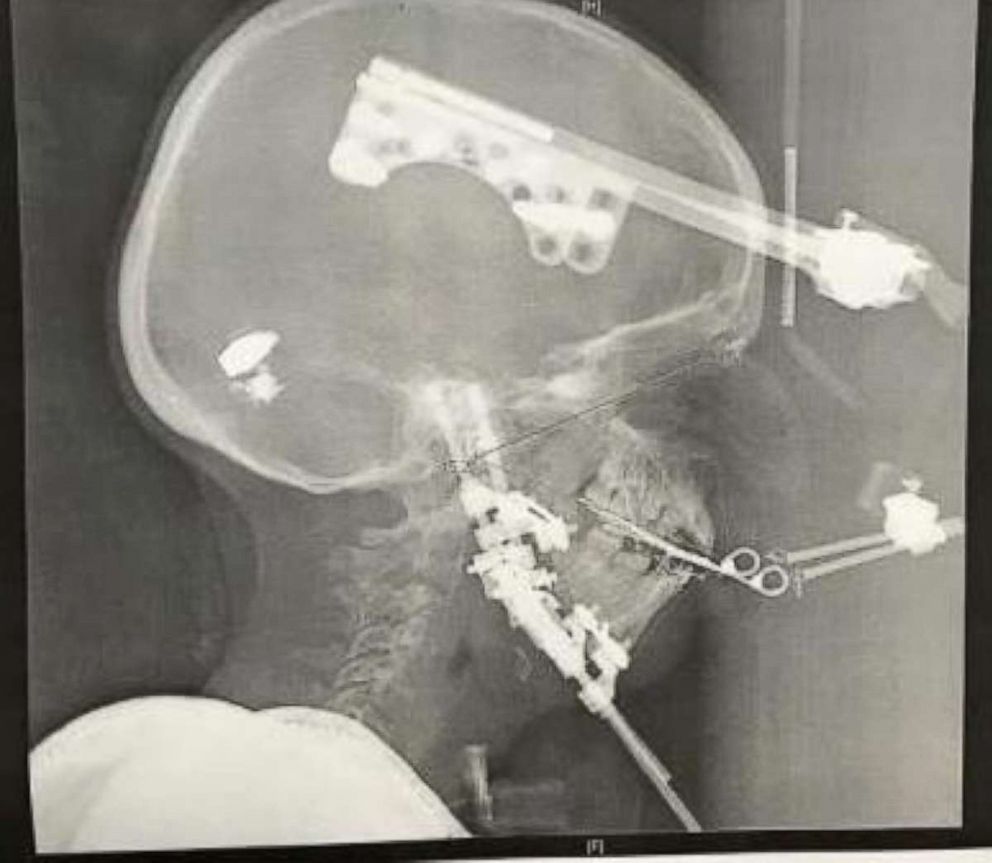
The whole process was so difficult it often left the Newmans questioning whether they had made the right decision.
“When you look at your kid and his head is in a cage and you got to take a screw to it… who wouldn't question whether you're doing the right thing?” Russel said.
But with each moment of doubt, they reminded themselves of their goal – a trach-free life for their son.
Christina Aguilera surprises family with performance of her song 'Beautiful'
Nathaniel Newman today
In August 2016 doctors removed the metal halo from Nathaniel’s head. But he still had to undergo months of tests and evaluations before those doctors were finally ready to do something the Newmans had waited a lifetime to do – remove Nathaniel’s trach.
After 13 years of heartache, struggle, perseverance, and triumph, something that for so long had just been a dream, was now a reality.
Over the years, the Newman family has worked with two non-profit organizations, myFace and Children's Craniofacial Association, both offer support to patients with facial differences and their families. as well as raise awareness about these conditions.
And recently, Nathaniel celebrated his 13th birthday.
Russel Newman marked the occasion by sharing an emotional message to his son on Facebook, writing, “you, my little wonder boy, you show me every day that my strength pales in comparison to what you possess in that enormous heart of yours.”
“I have a 13-year-old boy that's tackled more challenges than most 100-year-old men would ever dream of.”




